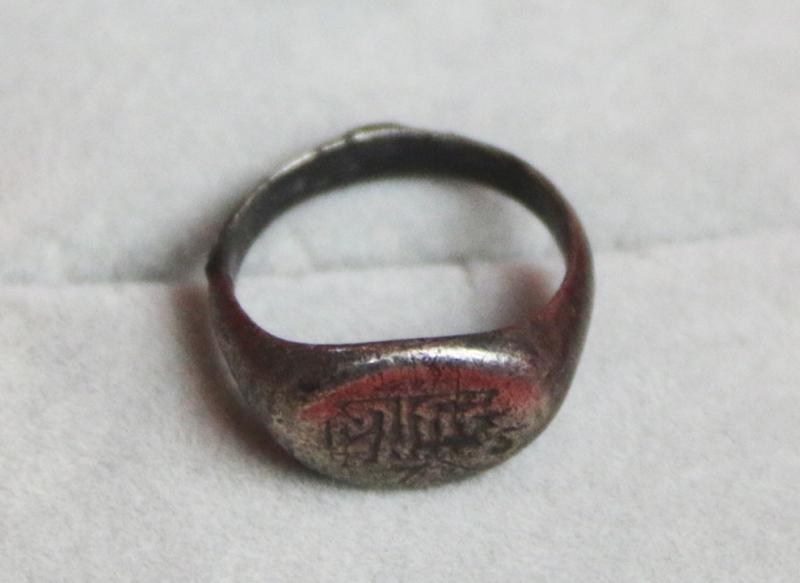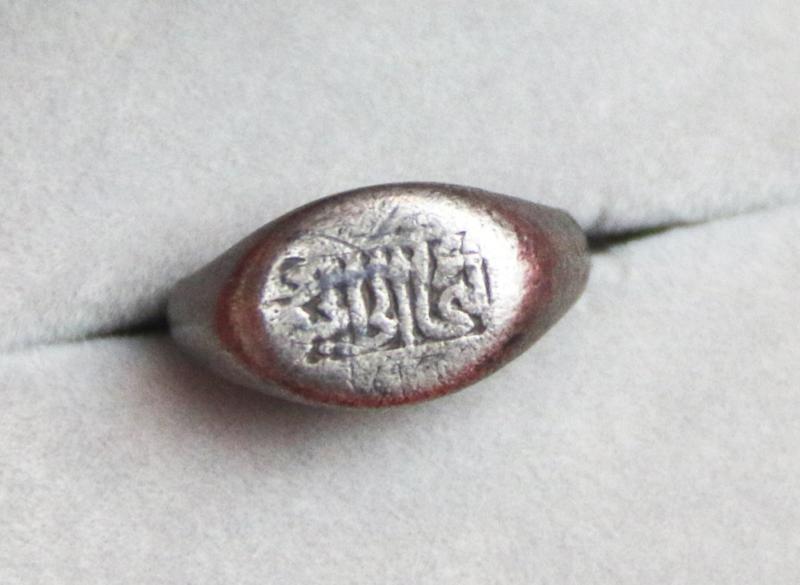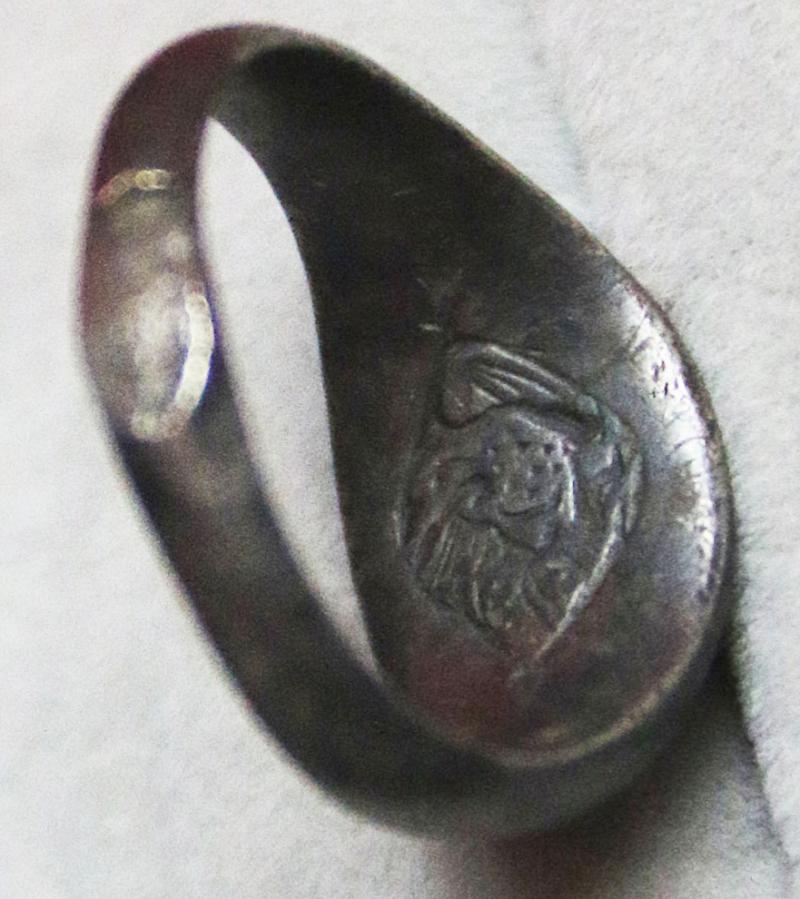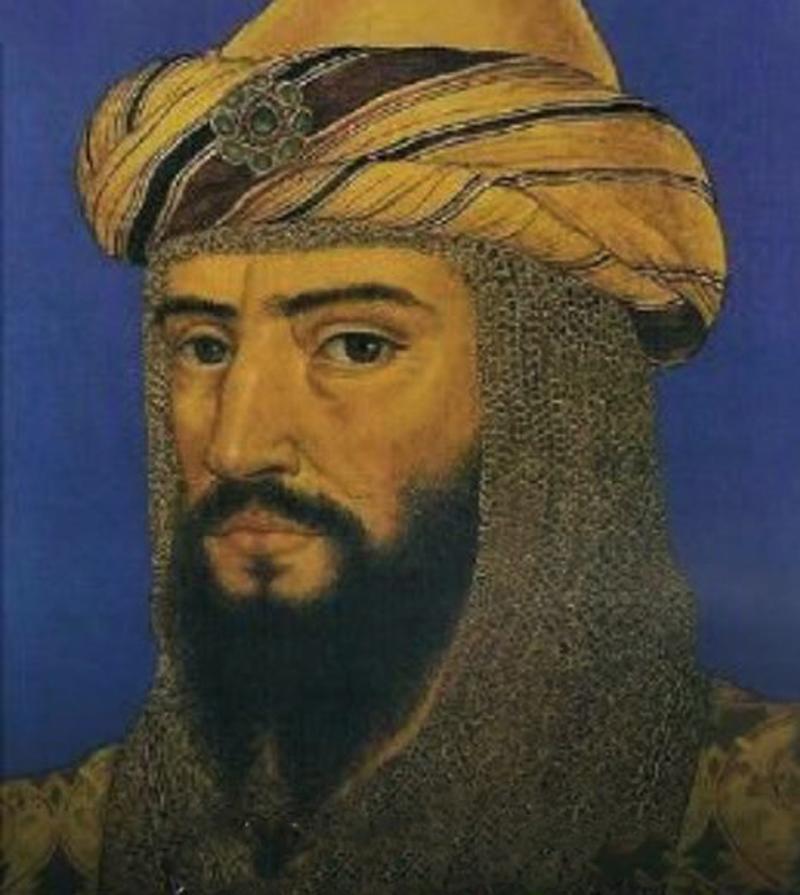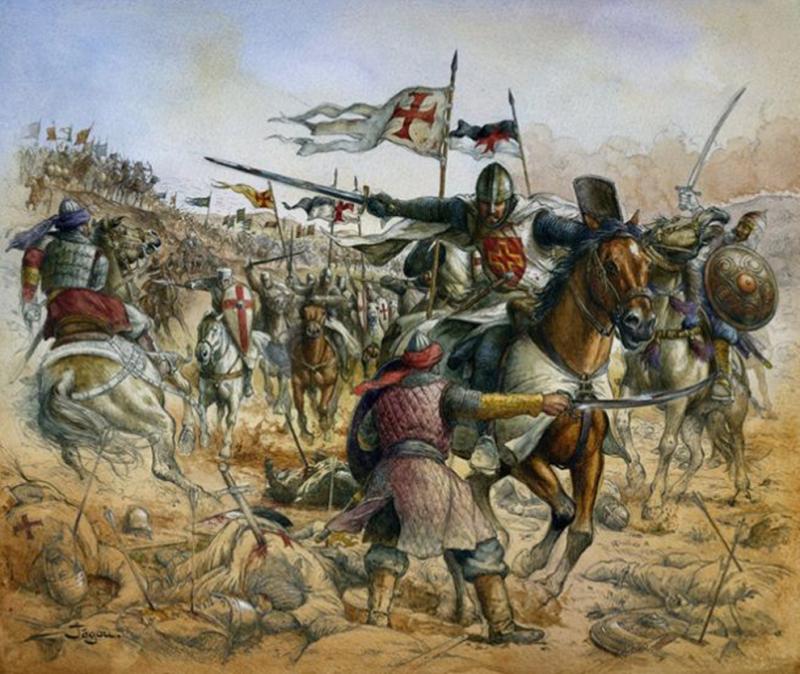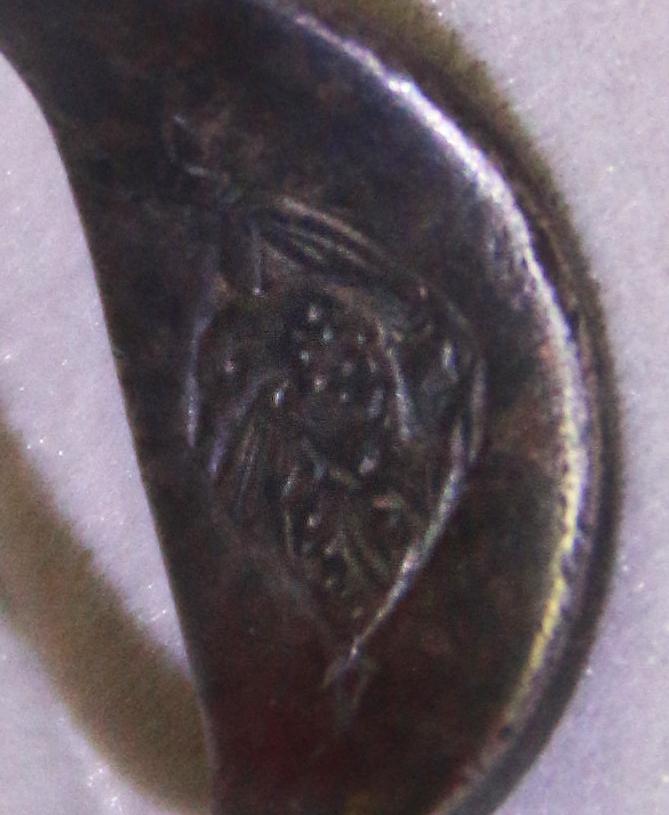Most Scarce Early Islamic Silver Seal Ring, of the Ayyubids, Islamic Defenders of The Holy Land. Circa 1100's, With Likely Kufic Script and a Bird Engraved Interior
From the era of The Battle of Hattin, that was fought to a great victory by Saladin's army, July 4, 1187, during the Crusades.
A silver Islamic seal ring of he defenders of the Holy Land from the Crusader knights era. From the Ayyubid dynasty and the Mamluks. The Mamluk was an "owned slave", distinguished from the ghulam, or household slave. After thorough training in various fields such as martial arts, court etiquette and Islamic sciences, these slaves were freed. However, they were still expected to remain loyal to their master and serve his household. Mamluks had formed a part of the state or military apparatus in Syria and Egypt since at least the 9th century, rising to become governing dynasties of Egypt and the Levant during the Tulunid and Ikhshidid periods. Mamluk regiments constituted the backbone of Egypt's military under Ayyubid rule in the late 12th and early 13th centuries, beginning with Sultan Saladin. The Ayyubid dynasty founded by Saladin and centred in Egypt, ruling over the Levant, Hijaz, Nubia and parts of the Maghreb. The dynasty ruled large parts of the Middle East during the 12th and 13th centuries. Saladin had risen to vizier of Fatimid Egypt in 1169, before abolishing the Fatimid Caliphate in 1171. Three years later, he was proclaimed sultan following the death of his former master, the Zengid ruler Nur al-Din and established himself as the first custodian of the two holy mosques.1213 For the next decade, the Ayyubids launched conquests throughout the region and by 1183, their domains encompassed Egypt, Syria, Upper Mesopotamia, the Hejaz, Yemen and the North African coast up to the borders of modern-day Tunisia. Most of the Crusader states including the Kingdom of Jerusalem fell to Saladin after his victory at the Battle of Hattin in 1187. However, the Crusaders regained control of Palestine's coastline in the 1190s. King Richard was part of The Third Crusade (1189–1192) and it was an attempt by the leaders of the three most powerful states of Western Christianity (Angevin England, France and the Holy Roman Empire) to reconquer the Holy Land following the capture of Jerusalem by the Ayyubid sultan Saladin in 1187. It was partially successful, recapturing the important cities of Acre and Jaffa, and reversing most of Saladin's conquests, but it failed to recapture Jerusalem, which was the major aim of the Crusade and its religious focus.
In 1187, after a series of disputes, the Ayyubid armies of Saladin commenced moving against the Crusader states including the Kingdom of Jerusalem. Meeting the Crusader army west of Tiberias on July 3, Saladin engaged in a running battle as it moved towards the town. Surrounded during the night, the Crusaders, who were short on water, were unable to break out. In the resulting fight, the bulk of their army was destroyed or captured. Saladin's victory opened the way for the recapture of Jerusalem later that year.
Code: 24666


